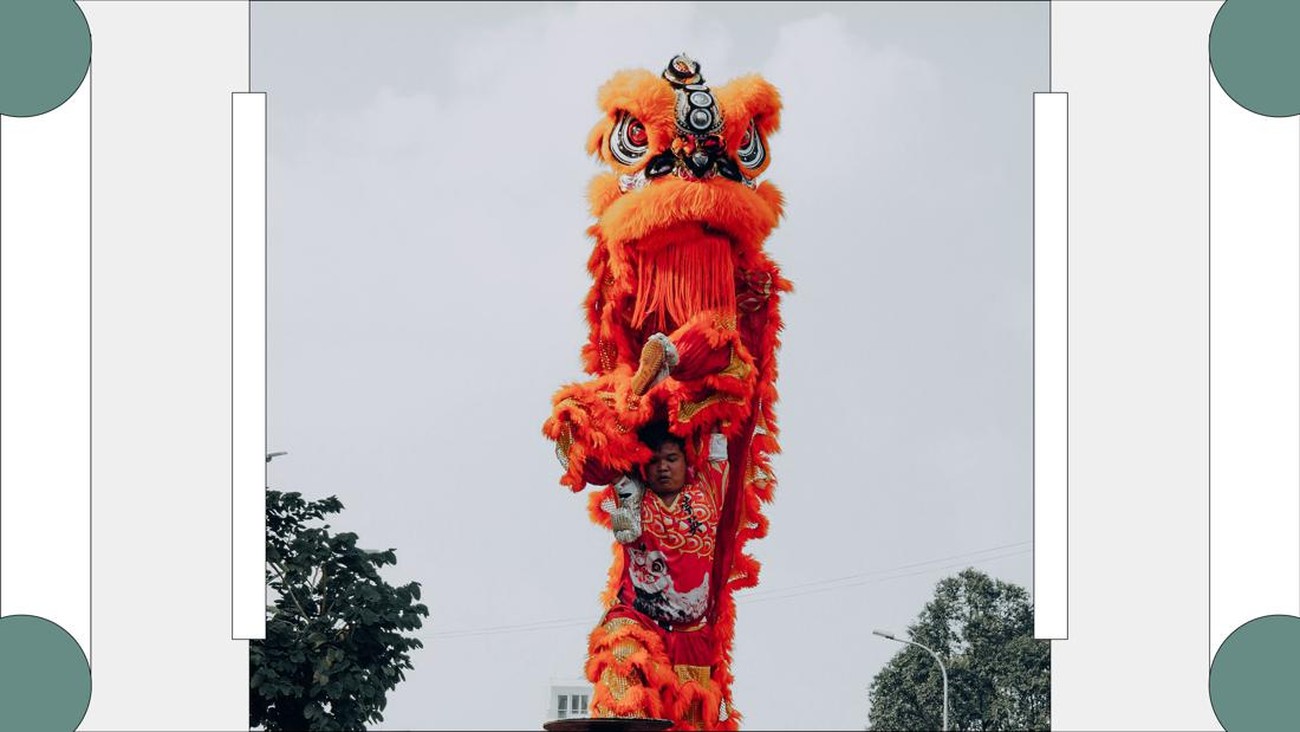Celebrating Chinese New Year wouldn't be as festive and complete if it wasn't for the Lion Dance that we commonly know as Barongsai. This traditional dance originated from China is often performed during Spring Festival or Imlek. Most of the time, Barongsai is performed in Chinese festivals to bring luck and repel bad spirits as according to Chinese belief, a lion is a symbol of bravery, power, wisdom, and superiority. With that being said, performing lion dance at big cultural events is believed to chase away evil spirits and call for luck.
One of the evil spirits that are believed to live among us is Nian. Nian is told to be a magical creature that always makes an appearance at the beginning of a year. There are several versions of Nian's habitat, but the interesting part about Nian is that it fears loud noises. Therefore, the lion dance that we often see at the Chinese New Year festival is performed with loud noises and festive surroundings to scare Nian away. However, have you ever wondered where does Lion Dance or Barongsai stem from?
In Chinese cultural history, just like a dragon, a lion was a mythical creature as most people never had a sight of it in real life. Until one day, a lion was sent by the Silk Road merchants to the Emperor of China after obtaining trading rights. Before the Han Dynasty (202 BC-220 AD), only a few lions managed to reach the central plains of the western region of ancient China that is now called Xinjiang. At that time, Chinese society imitated the appearance and actions of lions who had just arrived in a show and developed it into Lion Dance or Barongsai in the Three Kingdoms Period (220-280 BC).
However, there's another Chinese legend that tells a story about the origin of the Lion Dance of Barongsai that is still happening and becoming an iconic cultural aspect for the Chinese New Year. The legend tells that the people of China sought a lion's help to protect them from Nian which was described shortly before. Nian was hurt badly by the lion then later escaped and threatened to avenge the lion. A year passed and Nian came back, however, the lion was busy guarding the imperial gate so the people couldn't fully rely on the lion, like how they used to. Therefore, the people took a few sticks of bamboo and a cloth to imitate a giant lion.
In the effort to imitate a giant lion, two men had to crawl under the cloth, running and jumping-imitating the lion's behavior. Seeing that the fake lion could injure Nian again, it backed off in fear. With this legend, it can be interpreted that the Lion Dance of barongsai is performed annually, especially on the Chinese New Year to scare away the Nian or any other bad spirits until the next year ahead.
The Lion Dance is usually performed by two dancers inside the costume, one of them being the head and the other being the body of the Barongsai. The majority of colors used for Barongsai have their meaning, yellow symbolizes earth (center), black symbolizes water (north), green symbolizes wood (east), red symbolizes fire (south) and white symbolizes metal (west). Even the horn that is placed on the head of Barongsai has a representation of life, regeneration, and representing female elements. The ear and tail represent wisdom and luck, meanwhile, the forehead and beard symbolize strength, leadership and represent the male elements.
(DIP/DIR)


